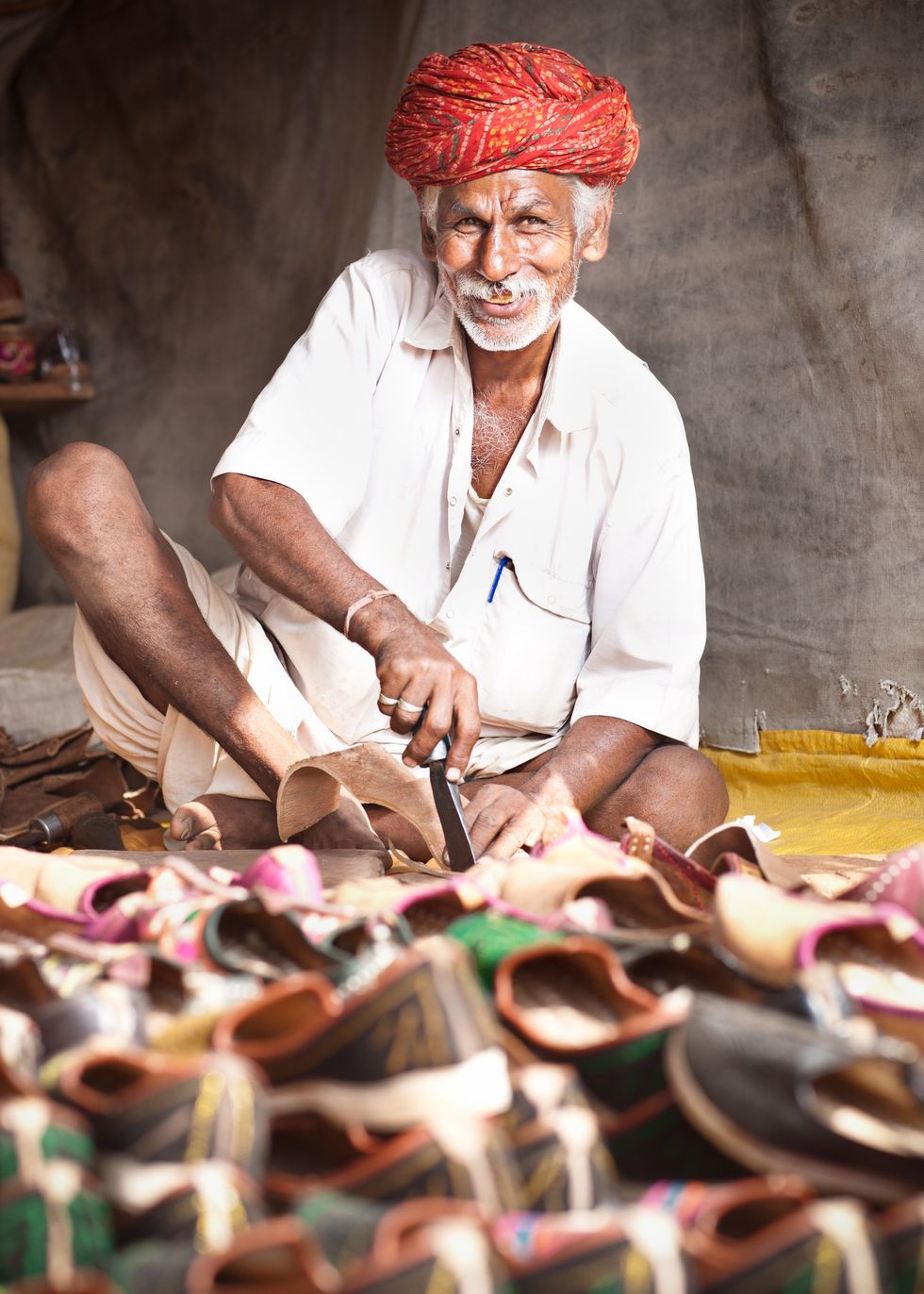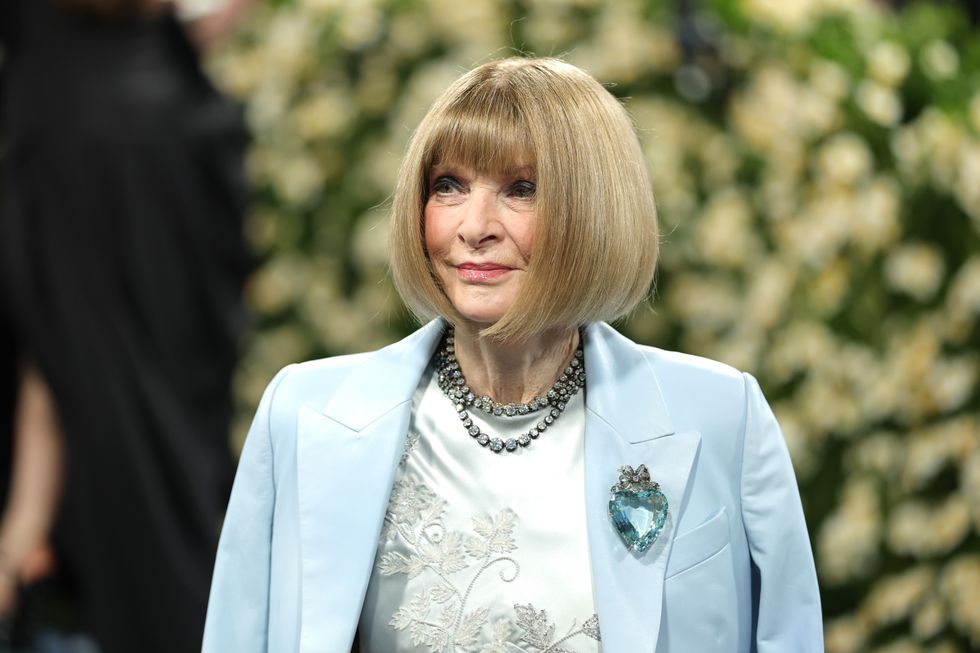Valentine’s Day. You picture red roses, heart-shaped chocolates, and candlelit dinners, right? But love isn’t a one-size-fits-all affair. Around the world, different cultures celebrate romance in ways that are surprising, playful, and sometimes downright bizarre. From pigs and love spoons to anonymous poetry battles, these unusual traditions prove that love has no borders—just some very unique rituals.
1. Wales: Love spoons over love letters
In Wales, forget cheesy Hallmark cards—hand-carved wooden spoons called *llwy garu* are the ultimate love token. Dating back to the 17th century, men would intricately carve spoons for their beloved, decorating them with symbols like hearts (love), keys (“you hold the key to my heart”), and knots (eternal unity). The more detailed the design, the deeper the affection. A spoon might not sparkle like a diamond, but hey, nothing says commitment like hours of whittling.

2. South Korea: A love holiday… every month
Why limit love to one day when you can stretch it across the entire year? In South Korea, the 14th of every month is dedicated to a different love-themed occasion. Valentine’s Day on February 14 sees women giving chocolates to men, while White Day on March 14 flips the tradition, with men returning the favour with gifts. But singles aren’t forgotten—April 14, known as Black Day, is dedicated to those without partners, who gather to eat bowls of jajangmyeon (black bean noodles) and commiserate over their love lives.
So whether you’re in love, heartbroken, or just hungry, there’s a day for you.

3. Denmark: Mystery love notes & snowdrops
Valentine’s Day in Denmark comes with a literary twist. Instead of traditional love letters, admirers send “gaekkebrev”—playful, poetic notes written anonymously, signed only with a series of dots. If the recipient correctly guesses who sent it, they win an Easter egg. If not, they owe one! Sweet, romantic, and a little like a literary game of cat and mouse. Oh, and forget roses—Danes gift pressed white flowers (snowdrops) instead. Very demure and mindful or let's say subtle and elegant just like Danish aesthetics.

4. South Africa: Wearing your heart (literally) on your sleeve
Inspired by the ancient Roman festival Lupercalia, South African women take public declarations of love to another level—they pin the names of their crushes onto their sleeves for the world (and the person in question) to see. No mixed signals, no games, just bold, old-school romance.

5. Germany: Pigs, gingerbread, and… more pigs?
In Germany, pigs aren’t just farm animals—they’re symbols of love and desire. Valentine’s Day gifts often feature pig figurines, plushies, and even pig-shaped chocolates. And if that’s not sweet enough, couples also exchange lebkuchenherzen—giant, heart-shaped gingerbread cookies decorated with affectionate messages. Nothing says “I love you” like a cookie the size of your face.
6. The Philippines: A Valentine’s day wedding spectacle
If you think a Valentine’s dinner reservation is hard to get, imagine booking a wedding venue. In the Philippines, February 14 is the biggest day for mass weddings, where hundreds—even thousands—of couples tie the knot in government-sponsored ceremonies. It’s romantic, cost-effective, and also guarantees you’ll never forget your anniversary!

7. Japan: Chocolate with a side of rules
In Japan, Valentine’s Day is a carefully choreographed dance of chocolate and expectations. Women take centre stage, gifting sweets with hidden meanings—honmei choco for true love and giri choco for obligatory gestures to colleagues and friends. But the romance (and pressure) doesn’t end there. On White Day, March 14, men are expected to return the favour—ideally with gifts worth three times the chocolate they received. No pressure, right?

8. Ghana: Chocolate overload
Ghana, one of the world’s largest cocoa producers, takes Valentine’s Day as an opportunity to promote its national treasure: chocolate. February 14 is officially National Chocolate Day, with events, festivals, and of course endless chocolate treats. A day dedicated to eating chocolate? Sign us up.

9. Estonia & Finland: Valentine’s day for everyone
Who says love is just for couples? In Estonia and Finland, February 14 is all about friendship, not just romance. Called Sõbrapäev (Estonia) and Ystävänpäivä (Finland), the day is spent exchanging small gifts, celebrating friendships, and spreading love—relationship status irrelevant!

10. France: The love lottery (Now banned for good reason)
Once upon a time, France had a Valentine’s tradition that was as dramatic as a French love affair: the “loterie d’amour” meaning drawing for love. Single men and women would call out from houses until they paired up, but if a man wasn’t satisfied with his match, he could ditch her. The jilted women would then gather for a bonfire, where they’d burn pictures of the men and hurl insults at them. Predictably, the French government banned this tradition. Probably for the best.

Whether it’s pigs, poetry, or public declarations, one thing’s clear: love has no universal language—it speaks in traditions, big and small, strange and sweet. So this Valentine’s Day, why not break away from the usual? Send a mysterious love note, carve a spoon, or—if all else fails—treat yourself to a giant gingerbread heart or share a bowl of black bean noodles with your single squad!

















 Shefali Jariwala death raises concern over anti ageing drugs and self medication Instagram/shefalijariwala
Shefali Jariwala death raises concern over anti ageing drugs and self medication Instagram/shefalijariwala  Anti ageing pills found at Shefali Jariwala home spark health safety debate Instagram/shefalijariwala
Anti ageing pills found at Shefali Jariwala home spark health safety debate Instagram/shefalijariwala 
 Prada confirms Kolhapuri chappals inspired its 2026 Milan collectionInstagram/
Prada confirms Kolhapuri chappals inspired its 2026 Milan collectionInstagram/ Kolhapuri chappals have been crafted for centuries and received GI tag in 2019 iStock
Kolhapuri chappals have been crafted for centuries and received GI tag in 2019 iStock 
 Wintour also became synonymous with the Met GalaGetty Images
Wintour also became synonymous with the Met GalaGetty Images